eatured image credit: Ken Lund
With a city as sprawling as LA, city planners in days of yore had to get pretty creative when it came to naming Los Angeles area neighborhoods. Sometimes to the point of desperation (we’re looking at you, Beverlywood). All kidding aside, a lot of LA’s neighborhoods have surprising meanings.
When You Wish Upon the Tar
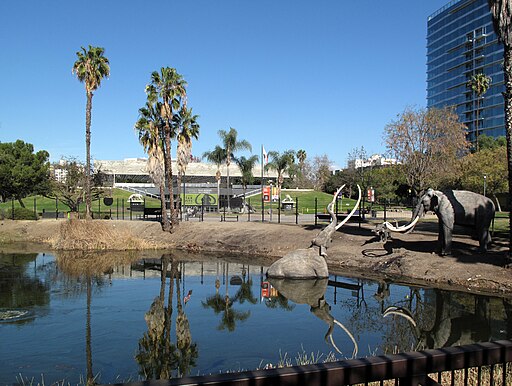
Everyone knows the La Brea Tar Pits. In fact, you’ve probably been to the bubbling lake, taken the tour, and mailed your nephew in St. Louis a tank top emblazoned with a mammoth wearing sunglasses and carrying a surfboard. Oddly specific. Nonetheless true.
At one point, the tar pits and the adjacent Hancock Park neighborhood were bundled together as part of Rancho La Brea. Originally Mexican territory, it makes sense that Rancho La Brea is a Spanish name. “La brea” literally translates to “the tar.” So, yes, the La Brea Tar Pits is a bit redundant.
Hop, skip, and leap down to Orange County where you’ll find the town of Brea… far from the storied tar pits. And far from LA, we know, but this all ties together… just trust us. Brea actually got its start as a town centered around crude oil production. And it’s not the only Southern California area to find inspiration in the oil industry.
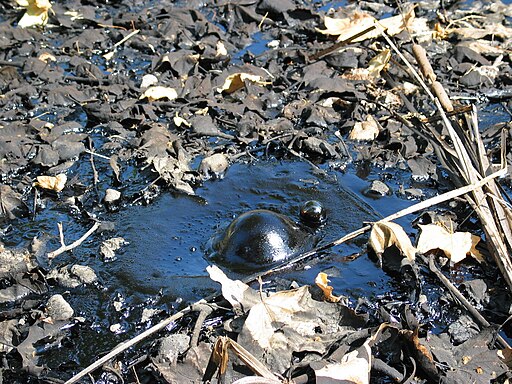
The coastal city of El Segundo has its history in oil refinement. And, as anyone with even cursory knowledge of Spanish can point out, the words “el segundo” translate to “the second.” So what’s the correlation?
Standard Oil of California was making a killing with their first oil refinery in Northern California. A second refinery was only a matter of time. That refinery was built in the area that would become known as El Segundo because it was the second refinery.
The Spanjibwa Origins of Altadena
Pasadena and Altadena; you may think these adjacent Los Angeles area neighborhoods have fairly straightforward naming conventions. They basically mean upper and lower…errr… ‘denas, right? Well, the truth makes even less sense than this paragraph.
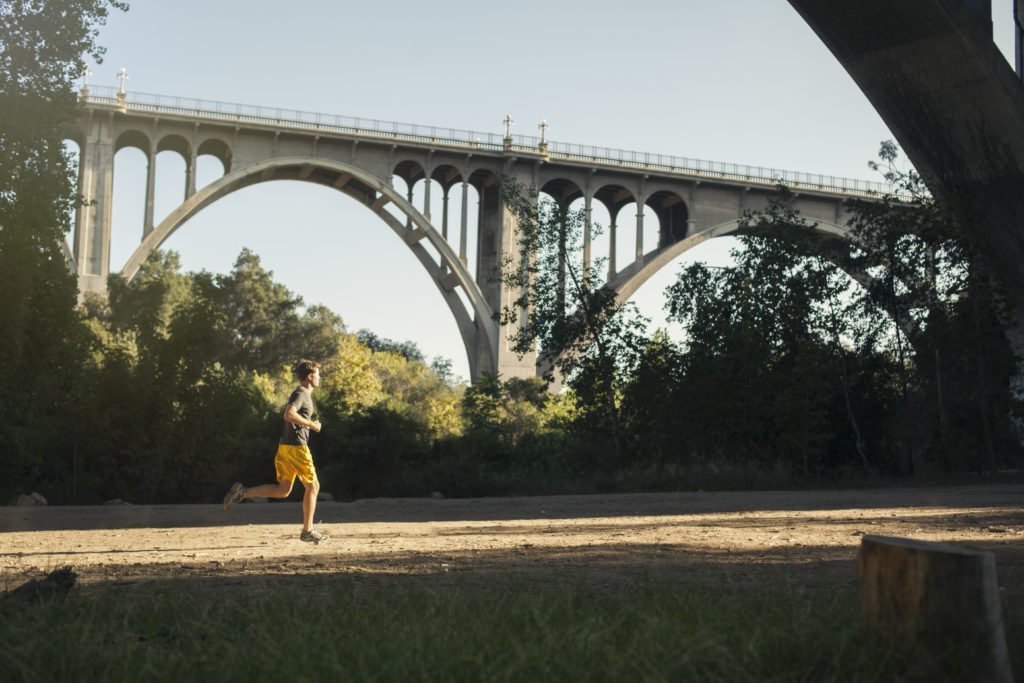
Pasadena is actually taken from Ojibwa, the language of the Chippewa Indians. It literally translates to mean “valley.” Simple enough. If you have had only a brush with the Spanish language in your life and you’re using Altadena as a reference, you could be forgiven for believing “Pasadena” is a Spanish word. That’s because the Spanish-derived prefix “alta” means upper. And Altadena is at an obviously higher elevation than Pasadena.
However, pairing a Spanish prefix with the remnants of an Ojibwa word is just good old fashioned California nonsense. So, if you live in Altadena, remember that the name of the Los Angeles area is pretty much made up. But then again, aren’t all words?
Taking a Bit of Color Out of a Hip Los Angeles Area
The Los Angeles area neighborhood of Silver Lake obviously takes its name from the reservoir at its center. After all, the reservoir is pretty much a lake, albeit a manmade one. And if you catch California’s golden sunlight at just the right moment, it could look silver hitting the gentle ripples on its mirror surface. Well, don’t bother squinting your eyes if you don’t see it. Because the Silver Lake moniker has nothing to do with color.
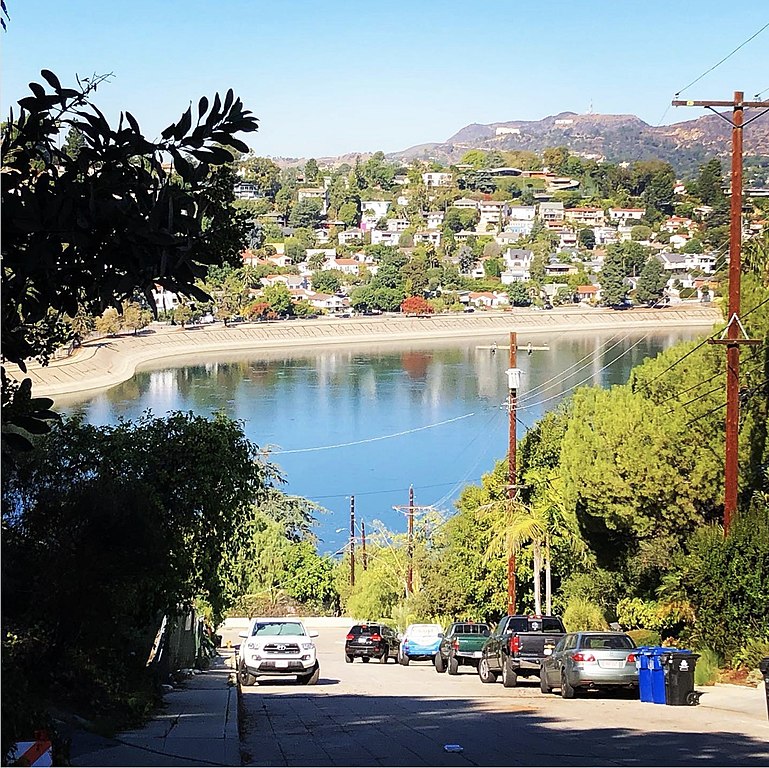
In 1906, Silver Lake Reservoir was a nameless basin midway through construction. Just a few years earlier in 1902, the very first president of the Water Department of the Los Angeles area was elected. His name? Herman Silver. So, the reservoir, and by extension, the neighborhood of Silver Lake, are actually named after the first leader of the LA Domestic Water Works System.
Miracle on 3rd Street
As recently as the 1920s, the Los Angeles area that we recognize as the Miracle Mile was a dirt road flanked by pastoral farms. And if you asked anybody but developer A. W. Ross, that’s all it would ever be. Within a decade, Ross’s savvy helped transform the area into one of the city’s busiest commercial districts.
The Miracle Mile would also be instrumental in transforming Los Angeles into a city built with the automobile in mind. These days, the rumor is that it’s called Miracle Mile because it’s a miracle if you can find parking. Yet, every inch of the district was a miracle for the city’s economy and evolution into the megalopolis it is today.
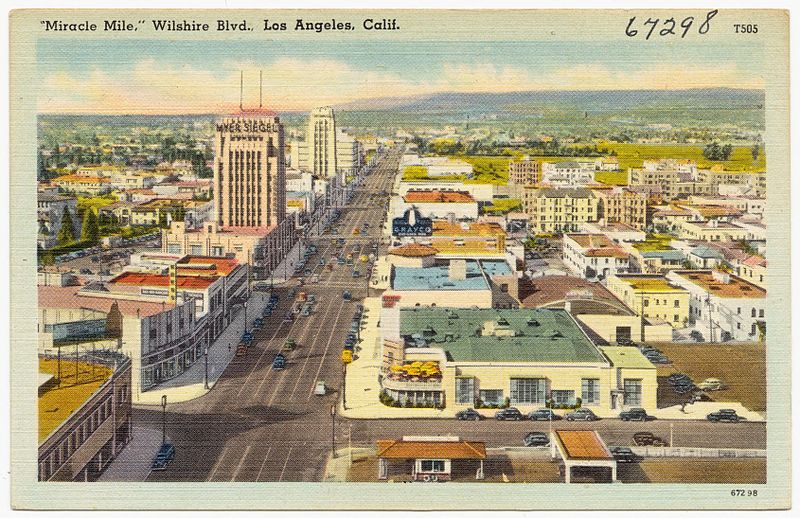
One of the Swingingest Los Angeles Area Neighborhoods
Deep in the San Fernando Valley, you’ll find the sun-kissed suburbs of Tarzana. So what are we going to tell you now? That the city was named after Tarzan? Well… yeah.
In 1909, the Los Angeles Suburban Homes Company purchased a great deal of wheat farming land. One of its investors, General Harrison Gray Otis, the founder of the Los Angeles Times, also purchased 550 acres of that same land for his personal use.
A decade later, author Edgar Rice Burroughs decided to move to California after enjoying two winters in the area. He purchased Otis’s land and established his own Tarzana Ranch, named after his most popular literary creation. Over time, he began to develop portions of Tarzana Ranch into suburban residential areas. And thus the neighborhood of Tarzana slowly came into being. So, yeah, watch out for that palm tree.
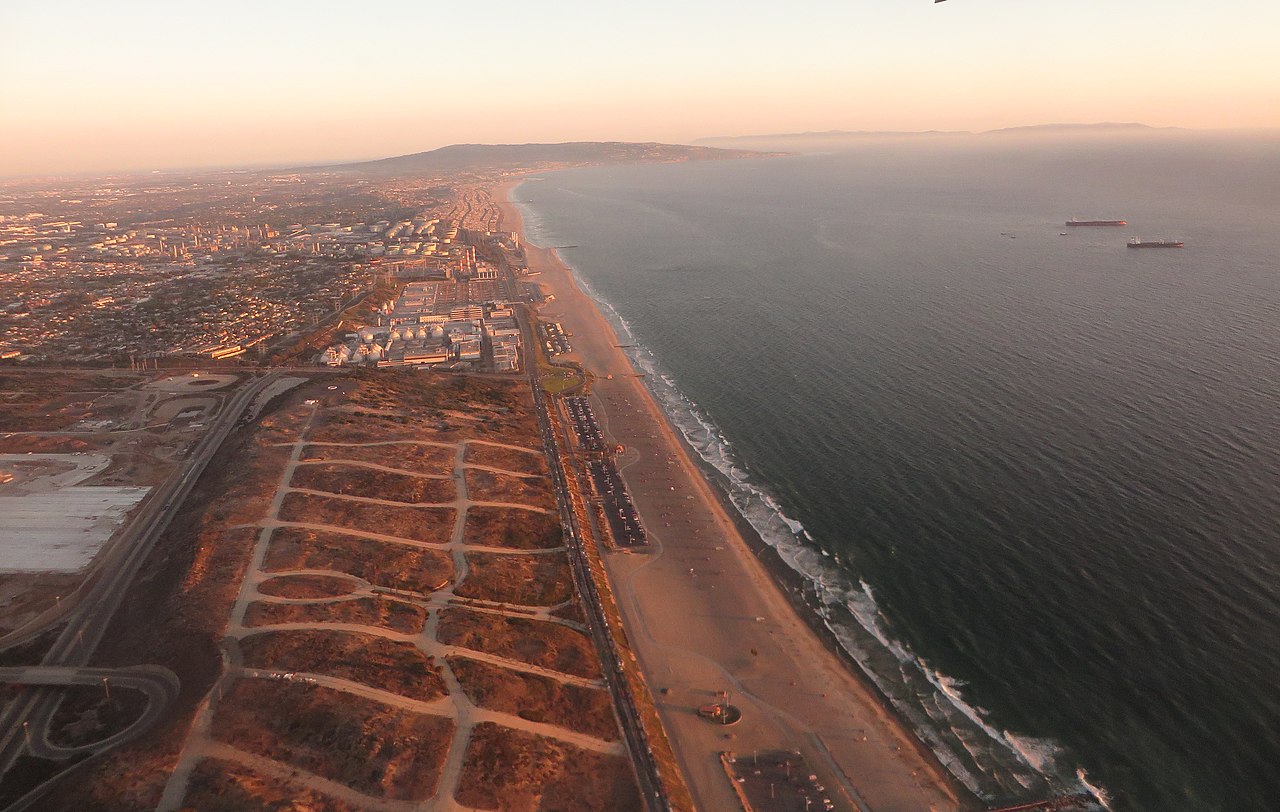
Comments
Post a Comment